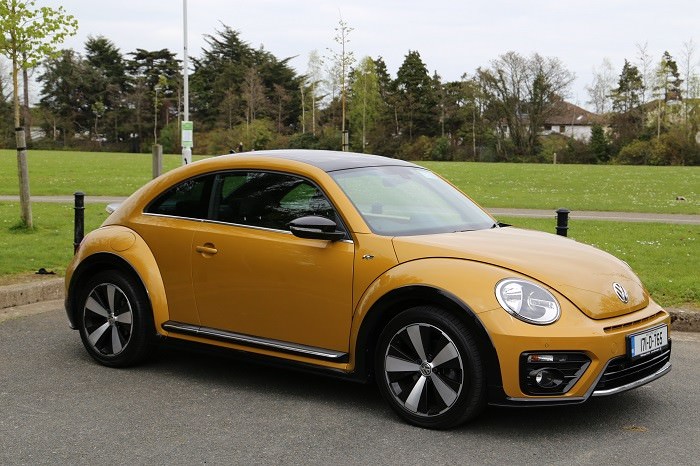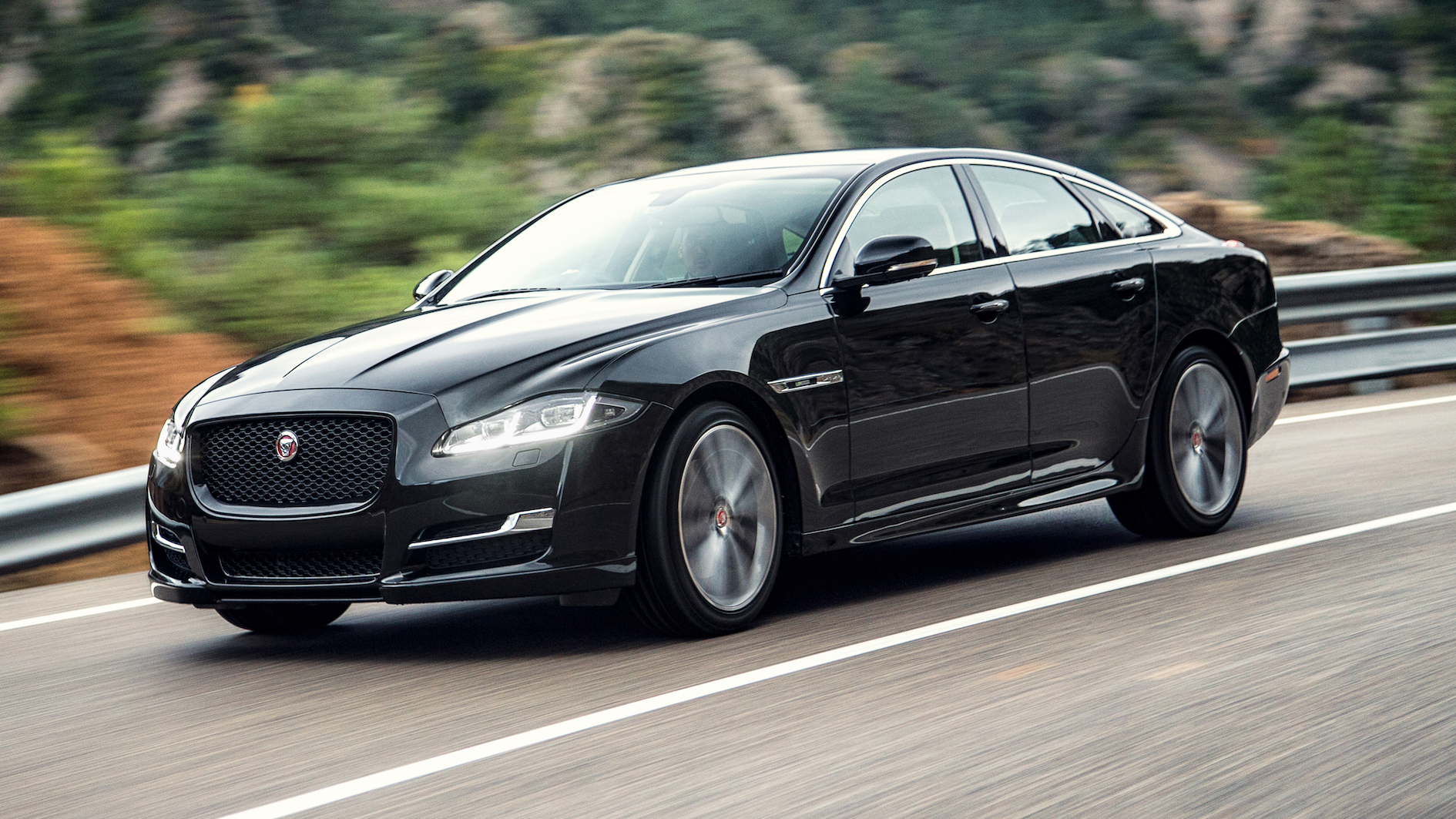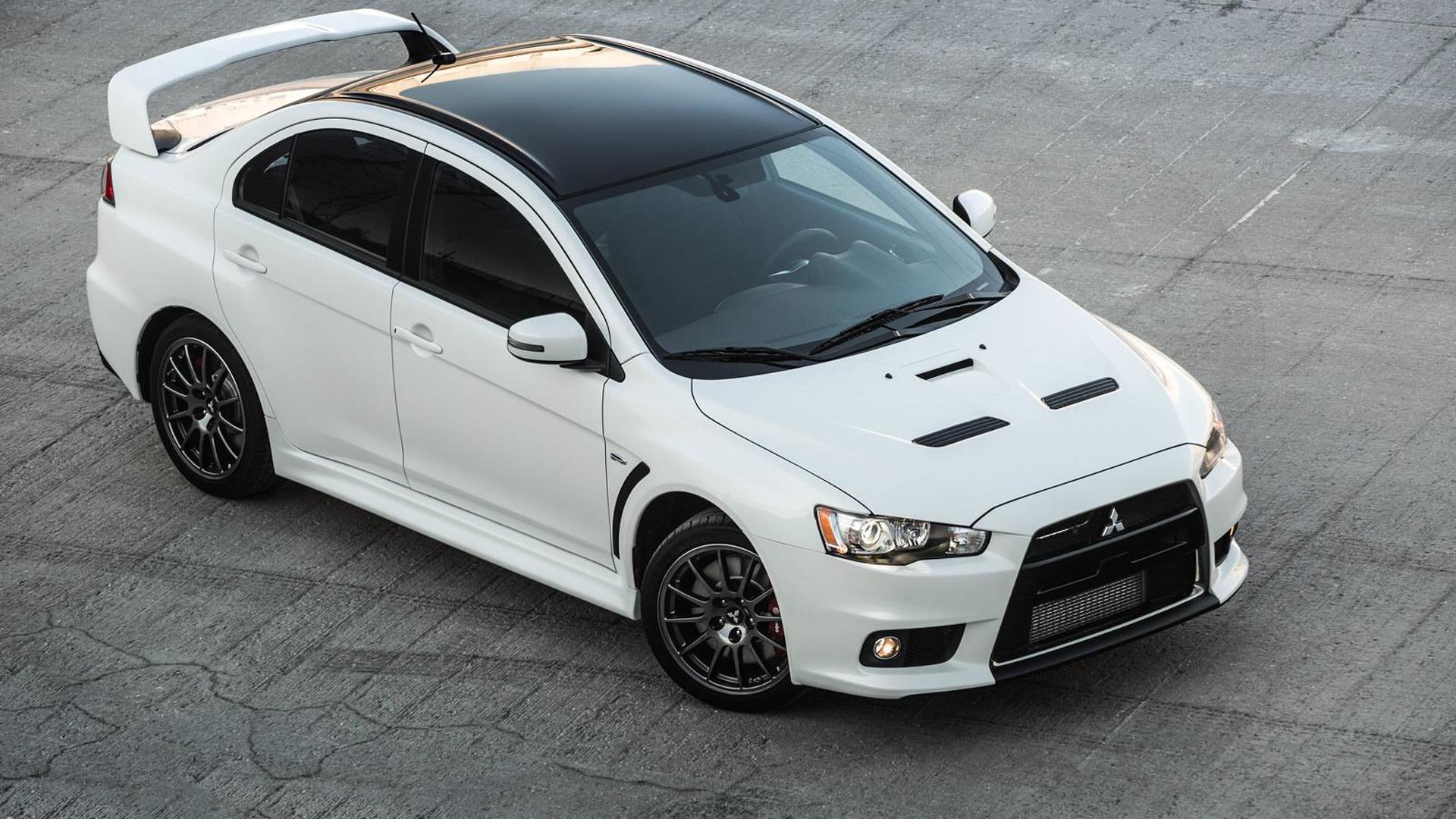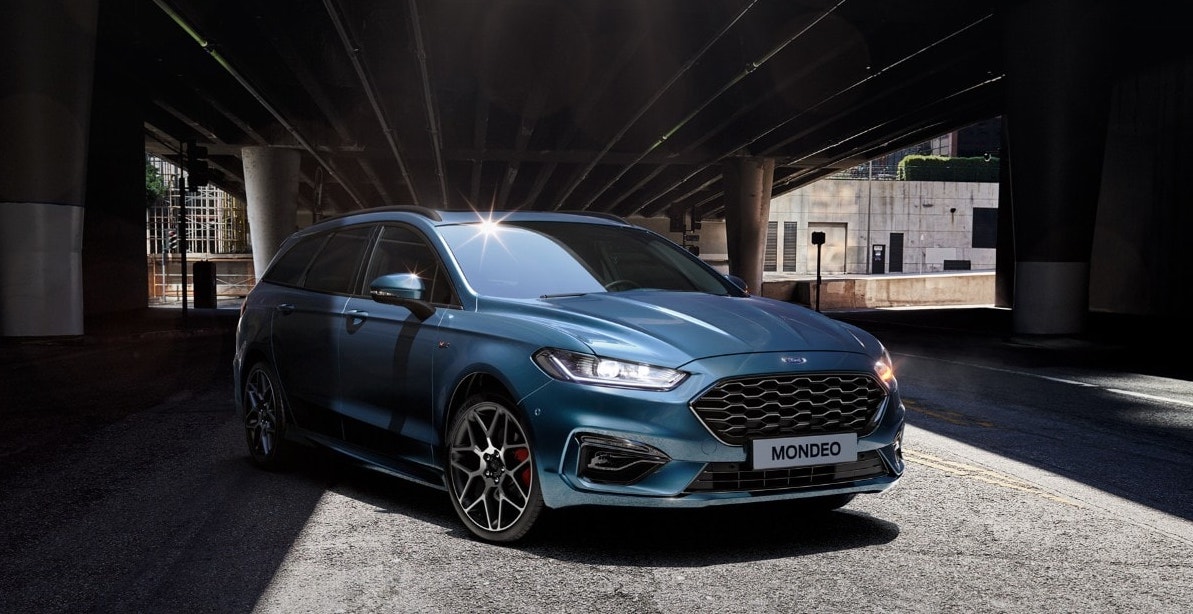The sad news has reached us of the imminent death of one of Ireland’s and Europe’s best-loved superminis, the Ford Fiesta. Towards the end of October, Ford announced that it would axe the Fiesta from the middle of 2023 as it seeks to focus on both larger and fully-electric vehicles.
Built across seven generations since 1976, the Fiesta was a first car for many drivers and its decent reputation for reliability and highly competent road manners won it a lot of fans. The latter made the Fiesta a good base for creating a hot hatch and versions such as the XR2 and Fiesta ST became favourites among the enthusiast community.
A number of factors have contributed to the Fiesta’s demise. During the Covid-19 pandemic and subsequent global semiconductor shortage, Ford prioritised the production of vans and more profitable crossovers over the humble Fiesta meaning that potential buyers weren’t able to get their hands on them. The decision to end Fiesta production was also taken to free up factory space at Ford’s Cologne plant for the production of new electric car production.
This isn’t the first time Ford has ended the production of a beloved and venerable nameplate. Both the Cortina and Escort were once thought immortal until they were replaced by the Sierra and Focus (also soon due for the chop) respectively, and if there’s a lesson in all of this it’s that cold, hard economics will always win out over emotion in the cut-throat business of selling cars.
Here are some of the other iconic cars that have quietly departed our showrooms in recent years.

No car has had a redemption arc like the Beetle. The culmination of some of the best Central European ideas in small car design of the 1920s and 1930s and designed by Ferdinand Porsche, one of the finest engineers of his time, the Volkswagen was intended to be a symbol of the Third Reich’s industrial might and to put millions of Germans on the road. It did, at least, the latter. With Germany in ruins after war and still in need of tough, reliable transport, the bombed-out Wolfsburg plant started building its rear-engined bug-shaped little car in earnest and, in time, it came to represent all things to all people, not ceasing production until 2003.
In its own lifetime, the Beetle became an icon and by the early nineties, VW was already looking at creating a retro ‘New Beetle’ with its style inspired by the original. Launched in 1997, the Golf-based New Beetle became a design icon in its own right and was replaced in 2011 by another Beetle. Sales weren’t especially strong though and in 2019 VW pulled the plug, ending 81 years of Beetle production.

It’s easy to forget that the Fiat Punto was Ireland’s best-selling car in the early 2000s before greater economic prosperity and the rise of the PCP deal meant that cars like the cheap and cheerful Punto fell out of favour. And cheerful it was. Amid the usual jibes about Fix It Again Tomorrow, the Punto was a superb small car — it was spacious, very well packaged and mostly quite good to drive on account of its surprisingly poky 1.2- and 1.4-litre FIRE range of engines. Built over three generations from 1997, the first model was well-received and popular, but the second was the biggest hit in Ireland.
The third-generation model launched in 2005 looked like a mini-Maserati and received a then-notable five-star Euro NCAP safety rating. It soldiered on for far too long though and by 2018 when Fiat finally decided to put it out to pasture after a couple of facelifts and after 13 years in production, it looked and felt distinctly elderly achieving a paltry zero stars in its last crash test.

Jaguar was in a mess in the late sixties. Its model range was far too big and its ageing Mark II was losing out in the compact executive sector to thrusting models from the likes of Rover and Triumph. Enter the XJ. Powered by the company’s fabled straight-six engine, the XJ was the embodiment of the company’s “grace, pace and space” ethos and it was hugely well received. All models built until 2009 harked back to the classic sixties looks of the original despite the fact that they were, for the most part, advanced and modern cars. The version that arrived in 2010 was a total departure, featuring bang-up-to-date styling by Ian Callum that owed nothing to the past. It was a graceful, yet imposing car, though, despite its undoubted merits, it only lasted for nine years (the first-generation model lasted for 24). Jaguar had intended to replace the XJ with an all-electric model but a combination of financial difficulties and the Covid-19 pandemic has prompted the firm to shelve the electric XJ project meaning that the nameplate is dormant for now with no sign that it’ll make a comeback.

Only the Subaru Impreza conjures up more evocative images of nineties rallying action than the Mitsubishi Lancer Evo. The Evo, built over ten generations between 1992 and 2016, became a bedroom wall icon in the 2000s not just because of Tommi Mäkinen’s four World Rally Championship victories in a row, but also because of its appearances in PlayStation games such as the Gran Turismo and Colin McRae Rally series. With its 2.0-litre turbocharged engine, every version of Evo was very quick, but the fact that it was based on and bore the name of a humdrum family saloon gave the Evo a lot more “working class hero” cachet than the likes of the BMW M3. Mitsubishi brought the curtain down on the Evo in 2016, intending, it said, to focus on electric vehicles and crossovers. The company’s financial troubles and poor sales meant that not only has the Evo now departed, but that the firm no longer sells cars in Ireland.

Yet another Ford that’s set for the chop and one that perfectly illustrates how the car market has totally transformed over the last couple of decades. The Mondeo arrived in 1994 as Ford’s “world car” to replace the Sierra and other Fords around the world with a sleek new front-wheel-drive model available in saloon, liftback and estate forms. It was deservedly popular, it looked decent and was good to drive - and in Ireland it became a Garda favourite. Subsequent generations, all built on the qualities of the first, sold very well (even James Bond drove one in Casino Royale), but, in time, and despite the Mondeo’s comfort and space, buyers turned away from saloons from non-premium manufacturers and towards crossovers and SUVs. Worldwide Mondeo sales plummeted from more than 400,000 in 2001 to less than 150,000 in 2020 and so, in March 2021, Ford announced it was ending Mondeo production in order to focus on more profitable models. The plan was, it said, to reallocate production space at its Valencia plant in Spain towards the hybrid powertrain for the Kuga crossover and to increase production of battery packs for hybrid and electric cars.